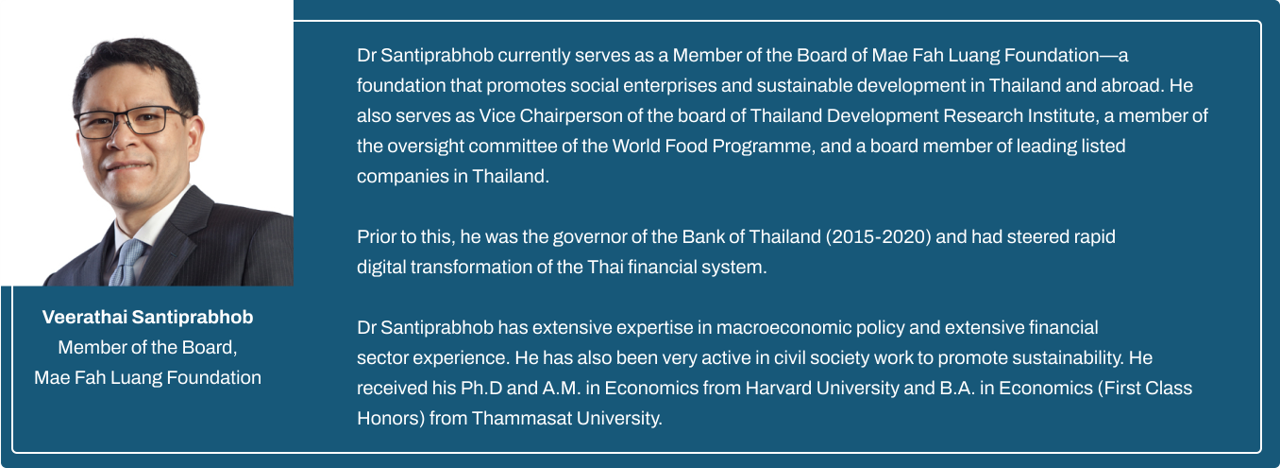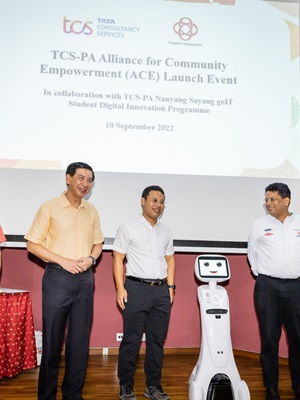John is a high-functioning autistic individual who recently clinched a job in a multinational conglomerate as a software engineer. As an individual struggling with high-functioning autism, before he was extended an offer by the company, he disclosed his autism to his employers. His employers then decided to place him on the DEI (Diversity, Equity and Inclusion) scheme offered by the company to empower individuals with disabilities through peer mentorship and training programmes, allowing them to achieve their fullest potential while promoting diversity and inclusion in the workplace.
While he finds the work fruitful and gratifying in the current company due to the numerous training programmes and nurturing mentorship that he has received, he unfortunately encounters inconveniences that may seem minor to the ordinary folk but can deeply arouse great discomfort within him. For instance, whenever he steps into the office, he is greeted by blinding flashes of light sporadically scattered on the floor where he is working, activating his sensory issues. When he takes a seat after stumbling through the searing flashes of lights, he finds himself inundated by these activities occurring simultaneously: his neighbouring colleague, Sarah, asking him how his weekend was and his supervisor aggressively sipping his second cup of coffee and letting out an obnoxious sigh.
When John finally overcomes these hurdles, he is then met with a resounding disapproval from someone in the human resources department, reminding him that noise cancelling headphones are against the company policy to prevent ‘distractions’ at work. With the culmination of obstacles in his workplace, this has taken a toll on his work performance, causing his supervisor to insinuate that John would have to sit through a meeting with an HR professional to talk about his abysmal work quality.
This anecdote has aptly described the obstacles that disabled individuals are often confronted with on a regular basis. While DEI programmes are implemented by companies to champion diversity and inclusion in the workplace, this unfortunately does not materialise in tangible ways for disabled individuals, which goes against the core values of what DEI stands for.
To begin this discussion, we must firstly deconstruct the fundamental principles of DEI (Diversity, Equity and Inclusion) programmes. As outlined by Harvard Business School, DEI programmes are defined into the following categories. Diversity refers to the presence and participation of individuals with varying backgrounds and perspectives, including those who have been traditionally underrepresented. Equity refers to equal access to opportunities and fair, just and impartial treatment. Lastly, inclusion refers to a sense of belonging in an environment where all feel welcomed, accepted and respected. These principles undergird every organisation that chooses to implement DEI programmes and are designed to create a balanced, equitable and supportive workplace for all employees.
However, despite the implementation of DEI programmes, companies unfortunately adopt a one-size-fit-all model, which assumes that all disabled individuals face similar challenges without accounting for the unique challenges that each disabled individual faces. This causes disabled individuals to fall through the cracks due to the DEI model failing to recognise their challenges, further alienating and sidelining them in the organisation.
In the case of John, while the company has adopted and integrated DEI programmes into their business model, they have sorely negated the unique and individual challenges that John faces, which are his sensory issues. For instance, John faces tremendous difficulty in focusing due to the relentless background noise in the office, which requires him to use noise-cancelling headphones to carry out his job well. However, his concerns were met with dismissive remarks by the HR professional in the organisation, who asserted that the company’s policies are holistic and seek to address the common challenges that disabled individuals face and accused John of trying to usurp her authority as an HR professional.
Such disparaging remarks from professionals in organisations and their obstinate attitude towards modifying DEI practices only serves to be disadvantageous to disabled individuals in a multitude of ways.
Firstly, it serves to fuel a culture of tokenism within the organisation. Disabled individuals in society already face an onslaught of challenges simply because society was not designed to accommodate their unique needs, causing them to face several obstacles to get by in daily activities. These challenges unfortunately are not eliminated in places where disabled individuals commonly frequent, such as the workplace even though workplaces mandate all disabled employees to disclose their disabilities so that necessary accommodations can be made. This is due to the fact that companies are often in the pursuit of frivolous DEI goals to merely elevate their reputation, causing them to overlook the nuances of purposeful inclusion of disabled individuals, resulting in them making monolithic, blanket company policies regarding accommodations for disabled individuals.
This causes disabled employees to feel like their disabilities are not taken seriously by the company and are unable to achieve their fullest potential simply because they were denied of a simple, innocuous request such as granting them access to noise cancelling headphones or even merely dimming the lights slightly so that they are not overwhelmed by sensory inputs. With the lack of tailored support for disabled individuals, disabled individuals are made to feel that their presence only serves to fulfil DEI goals, fuelling a cycle of tokenism that undermines diversity and purposeful integration into the company.
Additionally, it is paramount to point out that even if DEI practices are purposefully integrated into the workplace, they are sorely piecemeal and one dimensional simply because they are heavily reliant on stereotypes of disabled individuals. While it is imperative for us to acknowledge that disabled individuals experience similar strengths and deficiencies, this however, is nothing but mere assumptions that seek to reduce them to these generalisations. This undermines the richness of their lived experiences and neglects the diverse ways that they can meaningfully contribute to an organisation.
This is all owing to the lack of training of HR professionals in understanding individual differences in disabled individuals, causing HR professionals to rely on general stereotypes such as ‘autistic individuals are detail oriented so they must be fantastic at data analytics’. Even if HR professionals are aware that there are individual differences in disabled individuals, they inevitably gravitate towards subsuming disabled individuals under stereotypes or categories for ‘easier designing and implementation of policies’. With such stereotypes adopted by the HR team, this over simplification does not just limit the roles disabled individuals are considered for - it also restricts the opportunities for them to showcase their fullest potential. This only causes the cycle of misrepresentation to perpetuate further, with the belief that disabled individuals are only able to perform a certain job function without considering that their arsenal of skillsets that are overlooked can contribute to other job functions in meaningful ways too. This causes the workplace to be heavily stymied due to the untapped potential of disabled individuals, resulting in the lack of true representation in the workplace. Thus, the heavy reliance of stereotypes has only served to be detrimental to disabled individuals from meaningfully using their skillsets to contribute to their workplaces.
In the case of John, while he finds his work as a software engineer challenging and mentally stimulating, he often feels deeply unsatisfied with his work because a career as a software engineer does not harness his skillsets in writing at all. Even though he has requested to transfer to the communications department within his company that capitalises on his excellent writing ability, he is met with a flat rejection, saying that ‘autistic individuals do not have the skillsets to become a communications professional’. This has resulted in him feeling constricted and restricted from actualising his full potential, causing him to feel disgruntled and dismayed.
All in all, with the deleterious ramifications of DEI programmes, it is imperative for companies to address these concerns before it is too late to foster genuine diversity and inclusion within the organisation.
Posted 14/08/2025

















